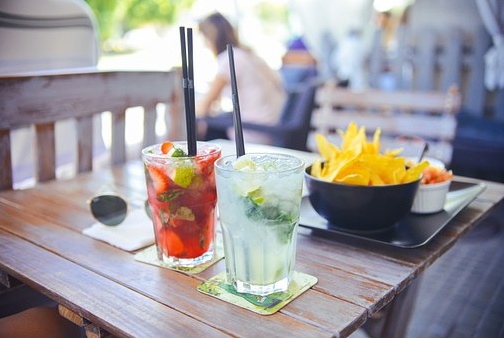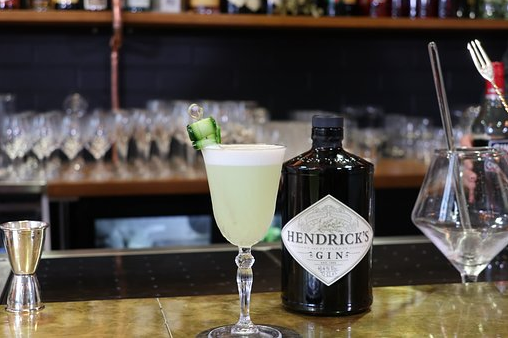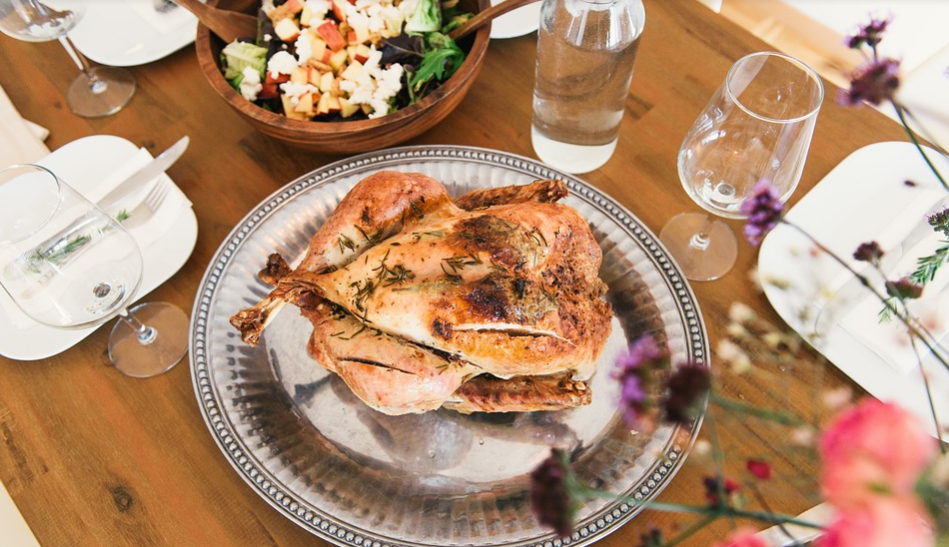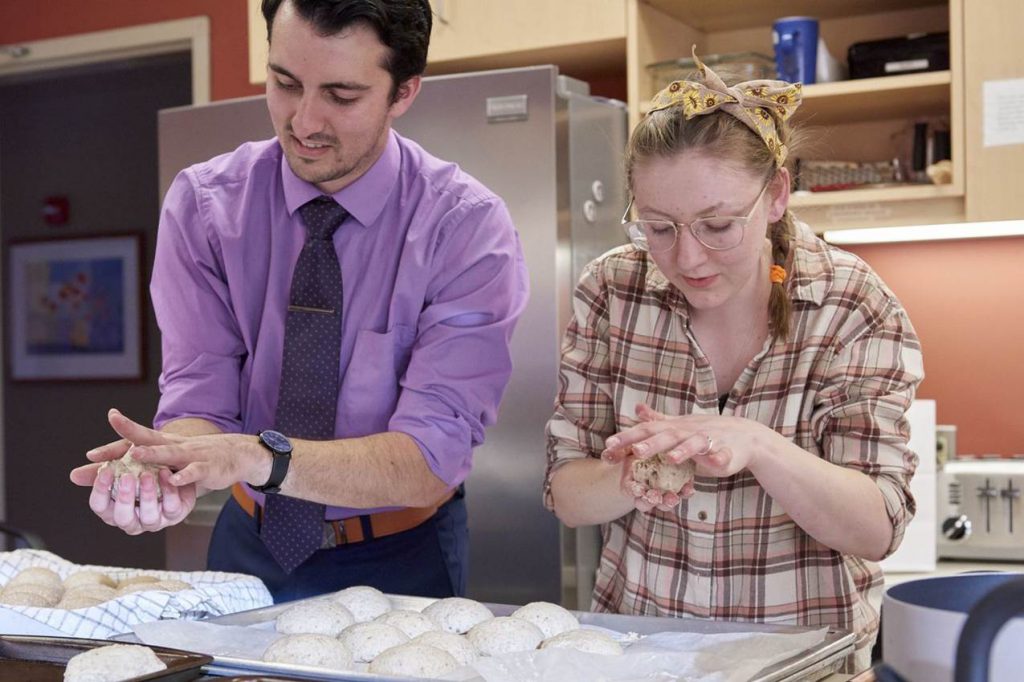5 Best Food and Gin Pairings to Enjoy This Valentine’s Day
By Heidi Jones
Valentine’s Day is just around the corner and you may be wondering what to do to bring a smile on your other half’s face. Why not go for a meal? A romantic one. Pairing food with liquor has been always one of the most celebrated activities to honor this day. Today, people are matching food and gin to achieve a perfect combination and this is slowly gaining popularity in many countries. People are finding ways through which they can enjoy their favorite gin and tonic drinks with their best meals. You should, however, know that there are skills needed for you to achieve a perfect match. Just like wine and food pairings, you need to know the taste profiles of both the food and drink you are about to pair. That is so that you don’t end up ruining the taste or making it too harsh to drink. For starters, below is a list of the best gin and food pairings that should help you have an idea of what the pairing process is all about. All you have to do is to figure out which other foods can pair well with gin.

McQueen Sweet Citrus Gin with Smoked Salmon
There is no better gin and food pairing than McQueen citrus gin with smoked salmon. First, if you have a look at the taste profile of McQueen gin, from a glance, you will see citrus written all over it. The drink contains kaffir lime, grapefruit, and lemongrass. As expected, lemongrass dominates the drink’s taste and so be ready for a little bit of savory feel on the tongue. The sweetness of the gin pairs well with the lime taste to bring forth an incredible flavor. What better would it be to enjoy this pairing on your first date?
The idea that salmon tastes slightly different from other fish makes it a perfect candidate for this type of pairing. You should, however, focus more on the spices. To make an excellent match, make sure that the salmon is not too spiced. That is going to give you a hard time consuming the dish. Ensure you use few spices and salt it a little. That way, it will blend nicely with the McQueen sweet citrus gin. This pairing is definitely going to light up your partner’s mood.
Tandoori Scallops with Tanqueray
The taste profile of tandoori scallops depends on the spices you use. In most cases, you will find the dish having a spicy palate. That means coming up with a perfect pairing will give you a challenge, especially if you are a starter. But worry not, with patience you will be able to achieve an incredible match that will see people smack their lips. To build up the taste just enough to make it better and not unbearable, try pairing your tandoori scallops with a glass of Tanqueray. So sit back and relish on this amazing combination with your valentine.
It is among the ultimate gin and food pairings that go well together. That is because of the spicy flavor of tandoori scallops will complement the sharp lemon as well as the orange marmalade. The spices of both tandoori scallops and Sipsmith dry gin harmonious to achieve a great taste. You get to enjoy a spicy finish that will leave you completely refreshed. It is a pairing that anyone who loves spicy foods will adore.

Crispy Chicken Wings with Plymouth Dry Gin
Everybody loves chicken wings, but not everybody can pair them with the right gin. Chicken wings that come with a crispy feel and some bit of spice are easy to pair. What you have to do is contrast the crispiness and the spicy flavor, and you will have yourself one of the best matches. Your number one choice when it comes to pairing chicken wings with gin should be Plymouth Dry Gin.
The drink comes with incredible notes, and pairs well with crispy chicken wings. At first, the gin is soft and incredible. You can then feel a buildup of cardamom, sweet orange, juniper, and lemon zest. It then finishes up with delicate citrus and mild earthy taste. Those are the things that make the two best gin and food pairing options. The sweet taste will contrast the spiciness of the fish, and the citrus will add a savory flavor from afar. No doubt, it is one of those experiences that a couple must give a shot.
Meatballs with Beefeater 24
Meatballs prepared with honey tends to have a sweet taste that leaves you yearning for more. One thing that you should be sure of is that the sweetness will mask the spices, and that is why pairing sometimes, is not as easy as it seems. But then, you can consider Beefeater 24 as the gin to use for this kind of pairing or something much more savory with a tinge of sweetness like beefeater 24.
The combination will see the tastes of licorice roots and citrus blend well with the sweetness of the meatballs. You thus end up getting a harmonious finish that is not only incredible but delectable. You can also pair it with Courvoisier to end up with a much better taste. In most cases, the best way to match a sweet dish is to pick something savory or bitter.

Spiced Roast Beef with Monkey 47
Juicy and spicy roast beef is one of the best barbecues that you can ever ask for. The spices make it incredibly delicious, and smearing a bit of citrus juice can make it even much better. But then, how do you end up pairing such a dish without ruining the delectable flavor? The only way to avoid making the spice too intense for your palate is to contrast it with a gin like Monkey 47.
The gin comes with great flavors and floral notes. It features sweet licorice, cardamom, juicy lingonberry, and Jupiter. The sweetness of licorice is going to cut through the spices and balance them incredibly well. The citrus hint will then complement the citrus juice to make the taste much bearable. The combination ensures the flavors blend and unleashes a refreshing feel that is great for your tongue. What will impress you is how the meal will turn out to be impressive.

These are some of the best pairings that you can achieve without fear of ruining the taste of the dish and the flavor of the gin. The combinations depend on two primary aspects, and that is they either complement each other or contrast each other to come up with a delightful feel and delectable finish. Whichever combination you make, make sure you analyze the flavor profiles of both the gin and the main dish so that you end up with an excellent match.
References
http://www.ginandtonicjuly.com/food.html
https://www.morningadvertiser.co.uk/Article/2016/05/17/How-to-pair-gin-with-food
https://www.lifestylefood.com.au/articles/ginstronomy-how-to-pair-gin-with-food.amp

 Two Walnut Hill College Student Leaders, Joshua Reilly and Meg Linck, prepare a pre-Thanksgiving meal at the Clyde F. Barker Penn Transplant House, along with other members of the Student Leadership Development Institute. Photo credit: The Philadelphia Inquirer
Two Walnut Hill College Student Leaders, Joshua Reilly and Meg Linck, prepare a pre-Thanksgiving meal at the Clyde F. Barker Penn Transplant House, along with other members of the Student Leadership Development Institute. Photo credit: The Philadelphia Inquirer